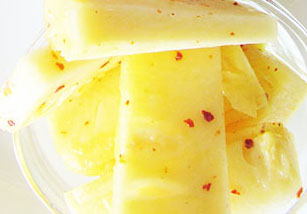April 2023
I came across someone the other day who has never eaten sweet and sour pork. The more I tried to explain what it was the more she looked bewildered then disgusted. I rose to its defence as she asked me more and more about the dish: was it really Chinese, what was the sauce made of, what was pineapple doing in a supposedly Chinese dish, when and where was it created? But I was floundering. Time to do some researching I thought.

